- 1What is a pot magnet?
- 2What is pot magnet used for?
- 3What are the parts of a pot magnet?
- 4How does a pot magnet work?
- 5What are the different types of pot magnet?
- 6Which type of pot magnet should you choose?
- 7What is a countersunk pot magnet?
- 8How to use a countersunk pot magnet
- 9What is an internal threaded pot magnet?
- 10What is a through hole pot magnet?
- 11What is a stud pot magnet?
..to your best source for incredibly strong neodymium rare earth magnets. If you are new to our site, we're glad you found us. We hope we can fill all of your neodymium rare earth magnet needs.
How does a pot magnet work?
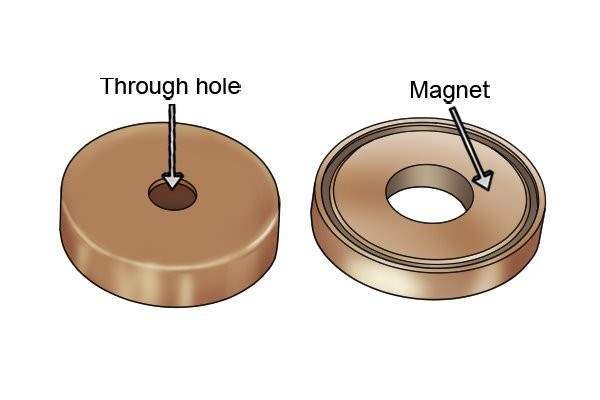 | A pot magnet works by attaching itself to ferromagnetic materials with the help of its magnetic field, or to non-ferromagnetic materials with the help of fittings (such as studs and threaded holes) on the top of its steel shell.
For more information on how a magnet works, see the page: How does a magnet work? |
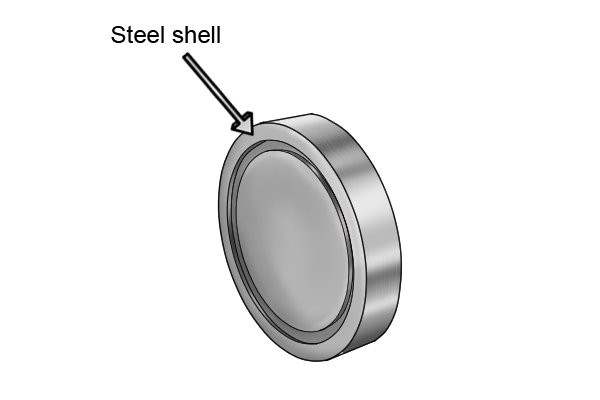 | The steel shell on a pot magnet means that it can hold a greater amount of ferromagnetic material. This is because the steel pot causes the magnetic force to be contained within the shell on the ferromagnetic surface, making the magnetic pull stronger. |
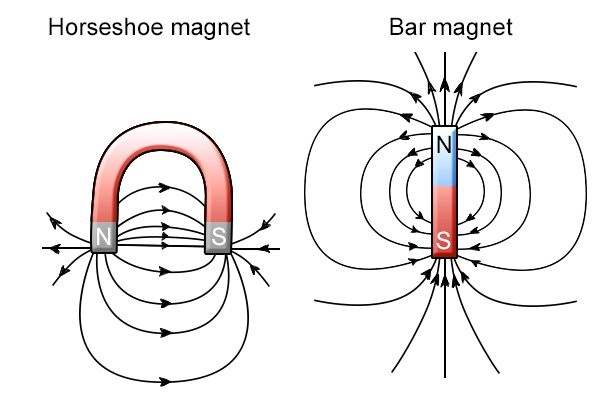 | This is in comparison to a horseshoe magnet or bar magnet where the magnetic field lines are splayed around the magnet and are not focused on the surface the magnet is attaching itself to. |
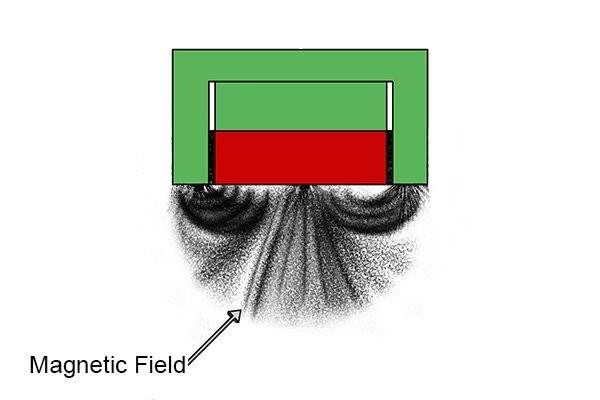 | As the magnetic field is concentrated in one area, the magnet will not be allowed to attract ferromagnetic materials over a large air gap. This is because the magnetic field lines will not stretch out beyond the sides of the shell. |
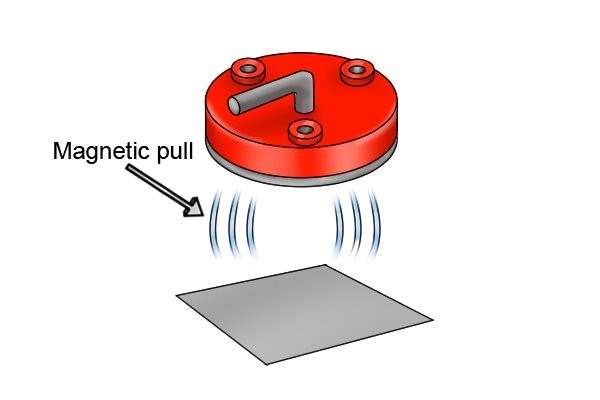 | The pull force of a pot magnet attracts the ferromagnetic material to the magnet, holding it in place. The larger the pull force of the pot magnet, the more material it can attract. |
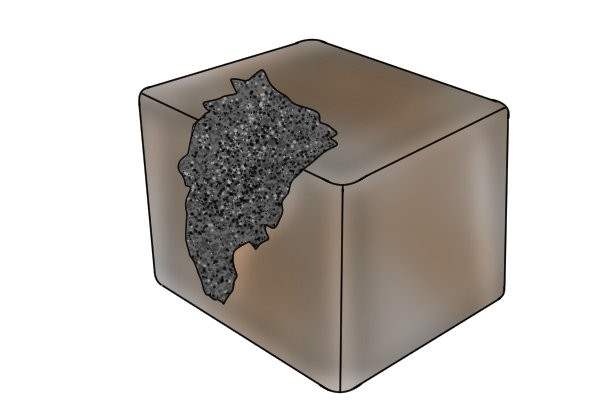 | A magnet's pull force is determined by a number of different factors; for example, how the magnet has been coated and any damage which may have occurred to the surface of the magnet.
|